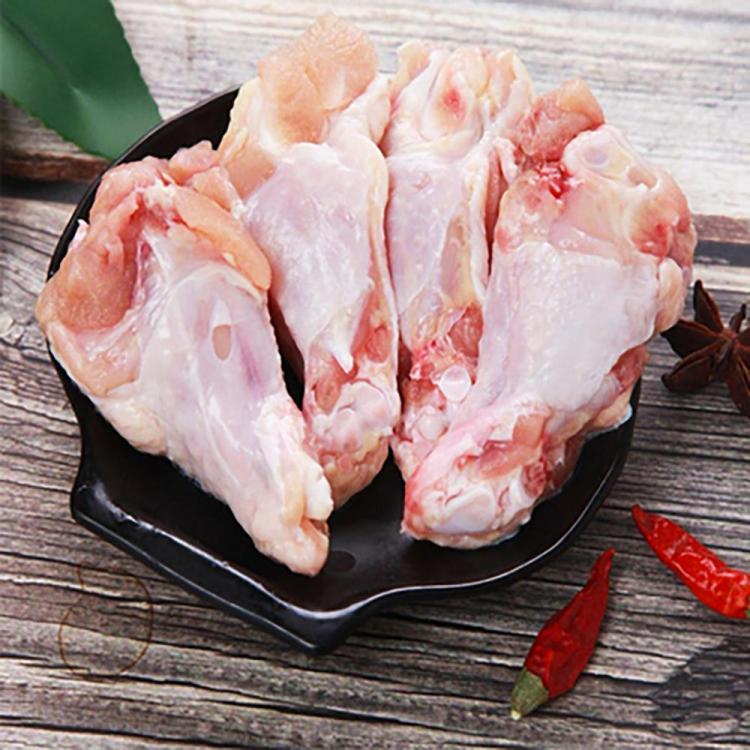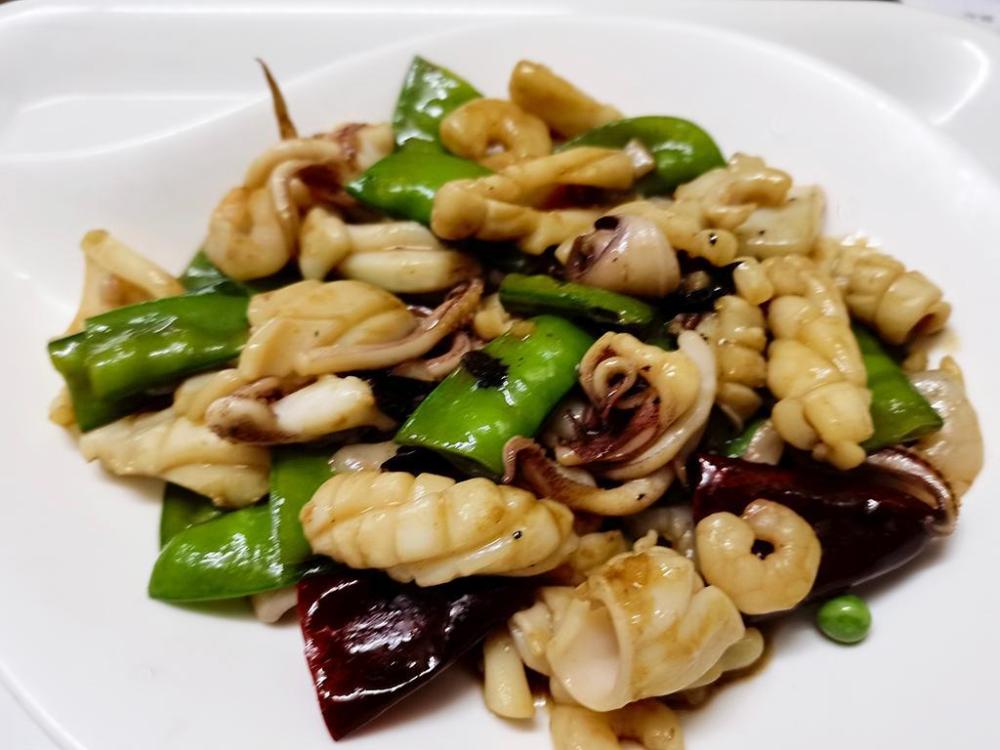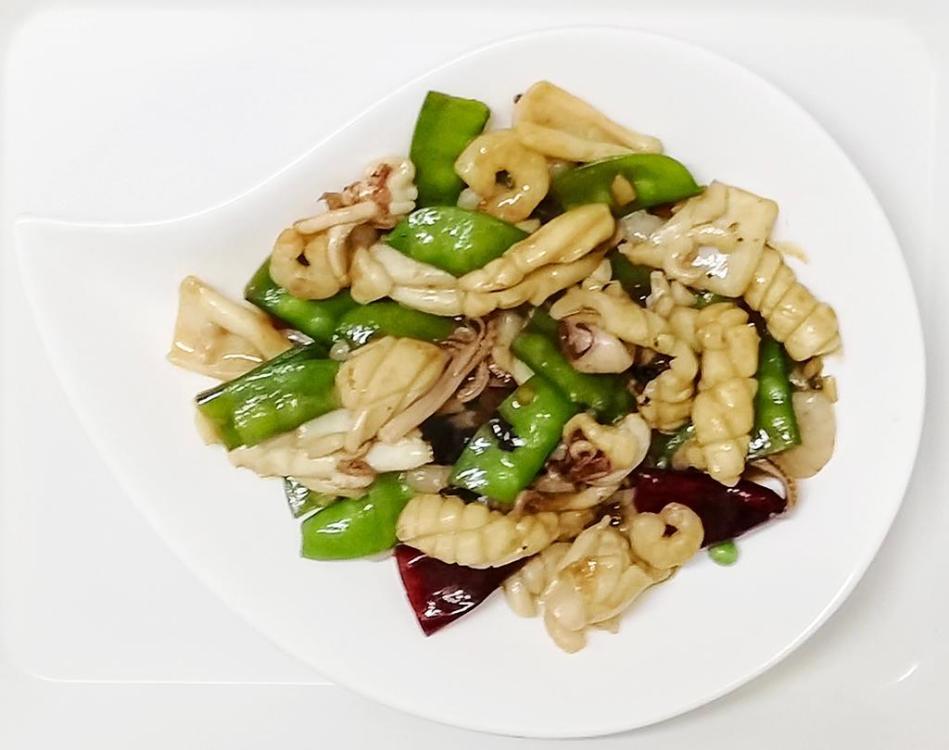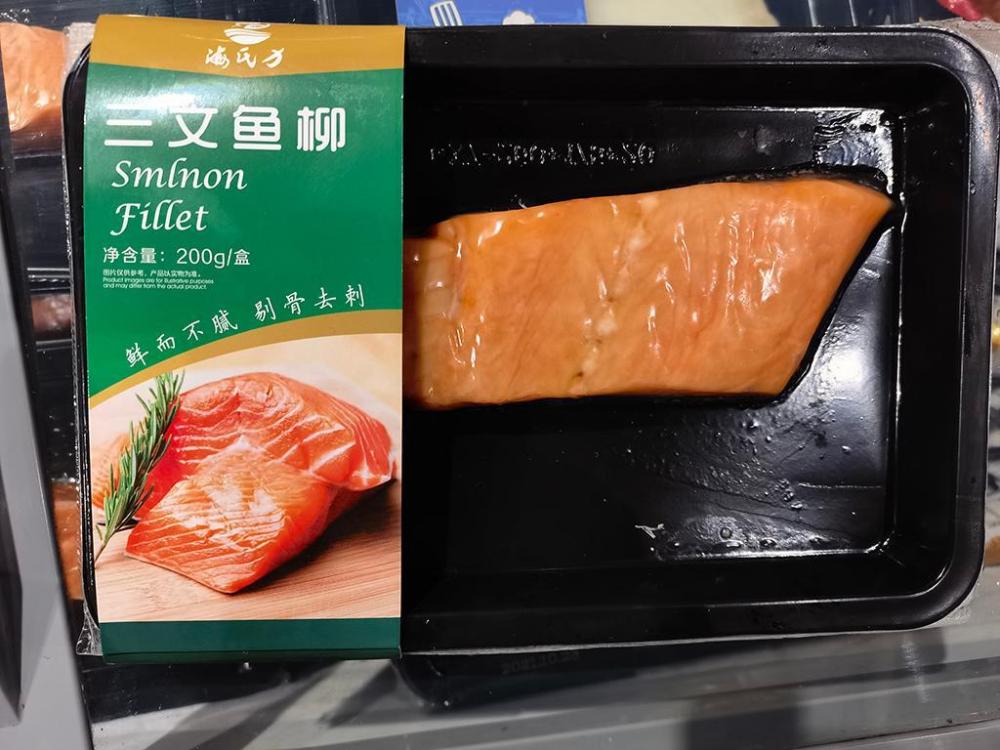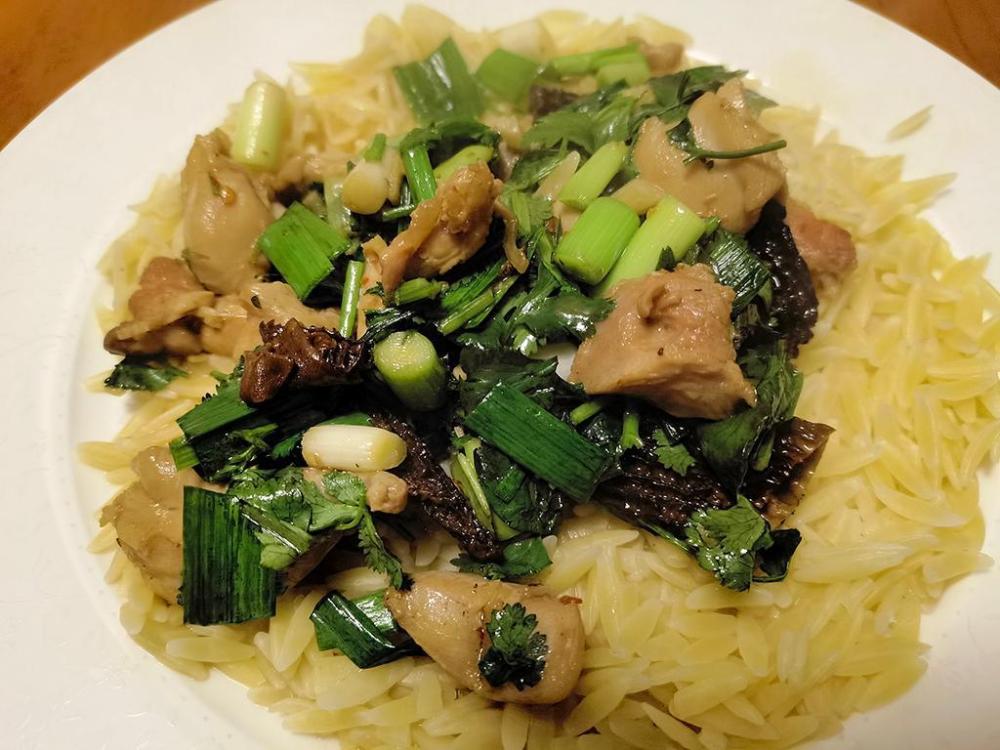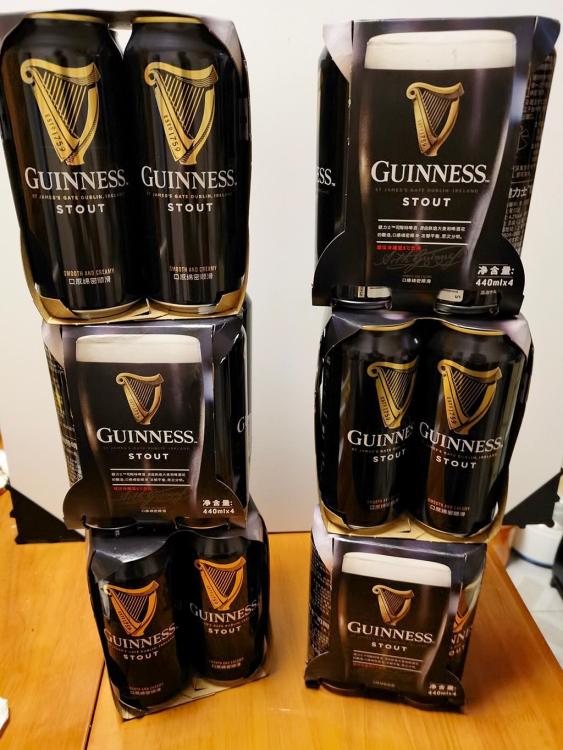-
Posts
16,663 -
Joined
-
Last visited
Content Type
Profiles
Forums
Store
Help Articles
Everything posted by liuzhou
-
Yes. I know the.story. But I've no idea what relevance it has here. I have eaten butter chicken in India and Chicken Ticket Marsala in both England and Hong Kong. They are not the same dish.
-
Haha. I'm being referred to Wikipedia again. When will people learn? I didn't mention anything about it being Glaswegian.
-
It appears the OP is Australian.
-
I didn't say the techniques were or weren't effective. I did point out that what was claimed to be "the go-to wok seasoning agent" isn't so among the vast majority of wok users.
-
Yes, I know the dish is from the UK. I meant which book or magazine. Anyway chicken tikka masala is British; not Indian although it has been imported there in a few restaurants.
-
-
Ship them to China?
-
Wow! I'm guessing that is Canadian Dollars? I'm afraid to tell you what I pay for fresh duck breast or legs. You would weep. I don't get frozen whole duck but my local mom and pop store does a nice line in live ducks to take home and kill. I will say frozen duck wings are the equivalent of $9 (CAD) for 2.5 kg.
-
I've never see anyone in China using flax seed oil to season a wok and they do have rather a lot of woks. In fact I've only seen flax oil once, about ten years ago, in a tiny bottle in a specialty FOOD store.
-
How do the prices for duck compare with chicken? Here, duck is considerably cheaper. It's the cheapest animal protein I can buy. Luckily, it is also the one I prefer!
-
I'm not sure what people do with them round here - I guess most buy them pre-cooked on the streets or in-supermarket deli counters. Guangxi doesn't really have its own cuisine (apart from a few signature noodle dishes in different cities). The south tends to be Cantonese and the north Hunan / Guizhou influenced. I live on the border between the two areas, although we lean more to the north. I haven't really though a lot about wings till this topic came up - people prefer feet! Especially duck feet, but also goose web. Wing usage I'll have to investigate further.
-
Stir fried squid and shrimp with snowpeas, garlic, ginger, bullet head chilli, Shaoxing wine and oyster sauce. Served with rice.
-
Agreed. It is a strange recipe. I wonder where it came from.
-
You don't say what kind of chillies you used, but half a chilli is 1/10th of what the recipe asks for - and that recipe is for a mild dish. You aren't going to get spicy with so little of most chillies. I wouldn't use olive oil in this dish, either. What the heck are "jammy lemons"? P.S. It's tikka masala. Marsala is a Sicilian wine.
-
Anyone do non-chicken wings? I also can get goose and duck wings but have never cooked them. I guess some chicken wing recipes would cross over, but perhaps different treatments, too? The duck wings are about $1.40 USD a pound; the goose more like $9.
-
Sake is actually pretty rare here (although I can find it online if I dig), but I've never seen it in a liquor store. China and Japan don't exactly get on well.
-
Damn! I knew about the salting in the USA, but didn't realise it extended into Canada, too. It's simple vandalism! I'm going to have to set up a secret eG underground pipeline!
-
I've never cooked wings (other than to make stock) but lovingly remember some wings I enjoyed in a Japanese style ramen place in China. The Chinese owners had lived in Japan for many years, but returned. Sadly, the man died and the wife retired about two years ago and I never got their recipe. If anyone knows a Japanese treatment I'd love to hear it. Maybe it'll be close.
-
I've never seen 油条 (yóu tiáo) sliced like that before. Interesting.
-
Yes. But I didn't check it. That would be cheating!
-
I didn't actually get this, but I was amused to see it in the supermarket this morning. Fancy a bit of smlnon? At first I guessed they had misspelled salmon, but looking at the contents changed my mind. It is a strangely artificial pink colour - like 'strawberry' yogurt. Definitely died, I'd say. Or dyed. I could almost see the brush strokes. The curved writing at the bottom, above the image, assures me it is fresh (it isn't), non-greasy and boneless. It wouldn't surprise me if it were also fishless. More fun trying to work it out than that silly word game everyone is playing!
-
腊八节快乐!Happy Laba Festival! Today, January 10th 2022*, is the Laba Festival, a Buddhist festival marking the date of the Buddha's enlightenment. It is celebrated by eating Laba congee (see above). * This falls on the 8th day of the 12 month of the traditional Chinese solar-lunar calendar, so it changes from year to year relative to the Gregorian caledar used in most cultures today.
-
You are welcome. That's what we do round here! 😃 The caltrops are in season in late summer and early autumn. As I mentioned, they are important at the Mid-Autumn Festival which this year will be on September 10th. If you found yours recently, I'm guessing they will be from the 2021 crop and will still be OK, if not at peak perfection. I certainly hope they were imported. They have become a serious invasive species in many parts of the world where they have been introduced.
-
Chicken leg meat with morels, garlic, white wine, capers, chilli flakes, mushroom stock, coriander leaf/cilantro and green onions. Served with risoni.
-
Happiness arrived this evening! 24 X 400ml of Guinness, imported from Ireland. Rare stuff around here.



